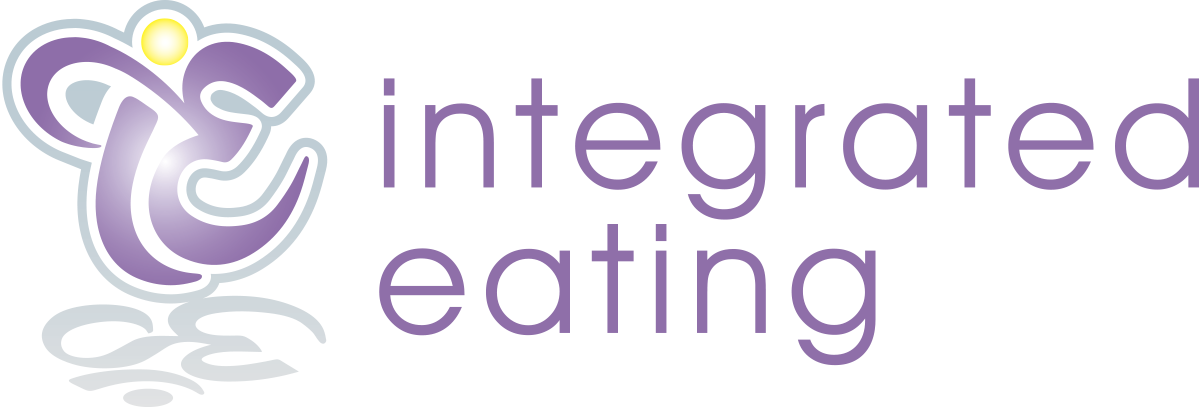For 2020 we are changing it up! We are going to take our Mindful Movement with Maria blog/vlog and explore the yamas and niyamas through mindful movement, breath and meditation. Each month, get to know one of these ethical yogic guidelines or moral codes. This month we start with the first yama-nonviolence.
Ahimsa
Translation: Sanskrit root hiṃs – to strike; hiṃsā is injury or harm, a-hiṃsā is the opposite of this—non-violence, non-harming, non-injury, compassion for all living things.
What it is
In spiritual philosophy, ahimsa is a philosophy that encourages the abstinence of injury, cruelty, or violence to any creature or any person (including yourself). For some this means living this philosophy through kindness, friendliness, and thoughtful consideration of self and others.
Why it matters
Ahimsa is the foundation to all the other yamas because it is the yama that directly involves our relationships with ourselves and with the world around us. All other practices are incorporated into it. For those in recovery, it calls us to live compassionately and kindly in our relationship with ourselves FIRST as a way to then relate to others (other people, beings, the earth). It breeds self-compassion and discourages negative self-judgment.
How we practice it in recovery
What are the practices that we initiate in our bodies that are non-injurious? The concept of “non-injury” and “non-harm” can be directly applied to our physical bodies, as it invites us to examine the direct and physical ways we treat our bodies. How do eating disorder symptoms cause violence to our bodies?
Moving beyond the physical, we must examine our relationship to thoughts and feelings in order to truly be in a place of recovery. On a mental level, negative thoughts, self-talk, and judgments are self-injurious practices.Ahimsa reminds us to replace self-violating thoughts and symptoms with more compassionate and healthy alternatives.
To practice ahimsa, we must first extend non-violence inward to support our own life functions and emotions. We cannot practice non-violence towards others without real compassion for one’s own self and practicing self care.
Ahimsa Yoga Practice
View this video to practice with “non-violence” towards your body.
A word about mindfulness
Today we thread the theme of honoring endings and welcoming beginnings into our yoga practice. When we are present to our breath, body, thoughts and emotions we paved the way for connection to these parts. When we can address their needs (ie we honor our edge a pose, move our body authentically they way it enjoys, or acknowledge a challenging emotion) they thank us!
The magic ingredient is awareness. What would it be like to bring your awareness to the mat? This ninth installment guides you to move your body with while noticing what’s happening in the present moment. What would it be like to let go of what is no longer needed? How might you make room for something new? What are you saying yes to in your recovery and life this year? What might you say ‘no’ to? What is it like to create with the power of your focused, sacred intentions?
A word about eyes closed.
Throughout the series you will hear me invite you to practice movement with your eyes closed. This is to facilitate an inner awareness. If closing your eyes does not work for you (for whatever reason) don’t do it! You can gaze down at the floor or continue to look at your screen during movement. The choice is yours!
Setting up your space
Setting up a safe space for movement is important. Please take a few moments before watching/listening to Mindful Movement with Maria to set up your space. Each month we will need different props. Today you’ll need:
A yoga mat or towel
Something to sit on (ex: a yoga block, bolster, blanket, pillow)
You may also want to have handy:
A blanket
A yoga block
A yoga strap
Medical/LEGAL DISCLAIMER:
This video series is for information purposes only. The information presented is in no way intended as medical advice or to serve as a substitute for medical treatment. The information should be used in conjunction with the guidance and care of your physician and/or treatment team. Because eating disorders are a life threatening illness, It is strongly advised to consult your physician before beginning this or any program that incorporates movement, activity or exercise, especially if you have any medical condition, injury or other medical issue that contradicts physical activity. Please consult with your dietitian/nutritionist as to proper caloric adjustments needed due to this or any other type of movement or activity. In the series you may be directed to notice feelings. This is in no way intended to serve as a substitute for psychological counseling. Please consult with your psychotherapist before participating in this video.
By participating in Mindful Movement with Maria videos you are agreeing to accept full responsibility for your actions.

